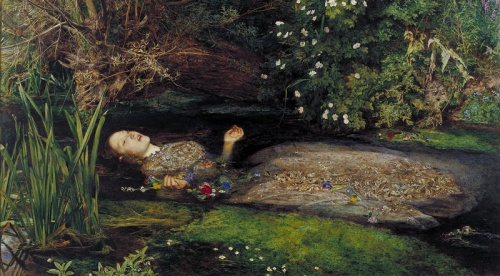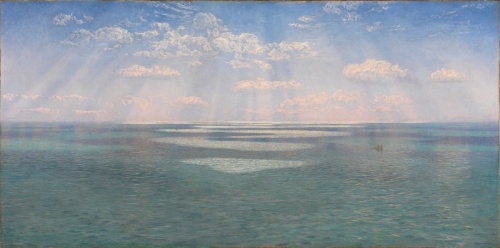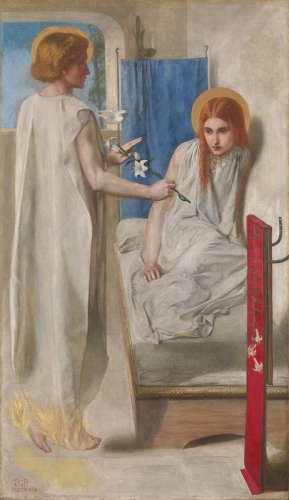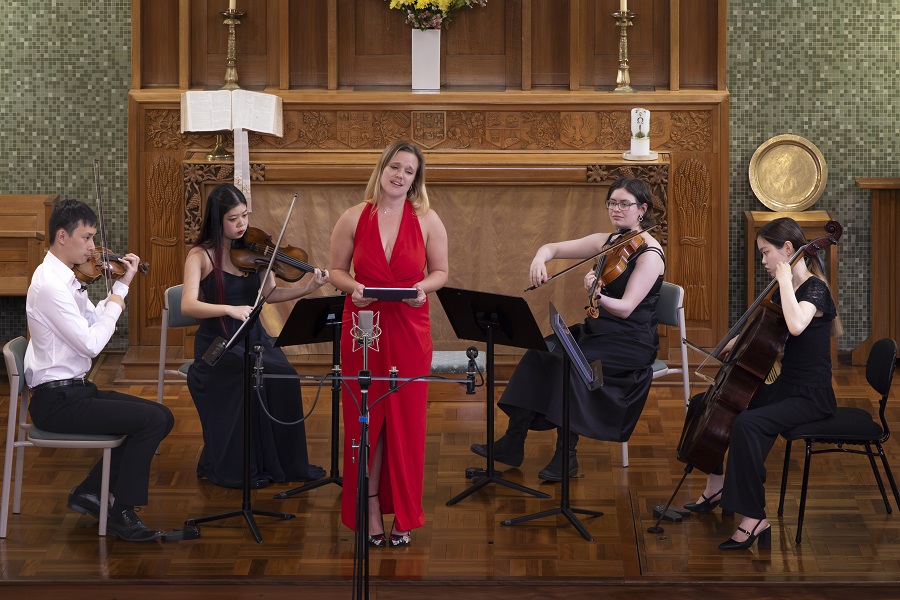
MATTERS of life and death, as experienced in 19th century Britain, feature strongly in this impressive exhibition.
This was a time of rapid change. The industrial revolution was overturning social and economic relations, the roles of women were changing and the countryside was being transformed by new mines, factories, canals and railways. But it was also a time when life was fragile, death was the common result of many conditions that are now easily treated by antibiotics.
Two paintings by John Everett Millais, “Spring (Apple blossoms) 1859” and “The Vale of Rest 1858-59”, tell this story. The idyllic scene of young women and girls relaxing beneath apple blossoms is disturbed by a scythe and the gaze of the nearby young woman who looks out at the viewer.
The neighbouring painting depicts two nuns at dusk in a graveyard. One is involved in the hard labour of spreading soil over a recent grave, a provocative image at a time of fixed views about gender roles. The other sits with hands clasped and looks impassively at the viewer.

It was a time of scientific discovery, of fascination with nature and of technological developments, including photography. The scenes of the coast and sea in John Brett’s “The British Channel seen from the Dorsetshire Cliffs 1871” and John William Inchbold’s “Anstey’s Cove, Devon 1854” are more detailed than a photograph and the colours are more vivid than those seen in the natural world – they are hyper-real in today’s parlance.

Similarly, Millais camped by a river for months on end painstakingly painting every detail of the foliage that surrounds the tragic drowned figure in “Ophelia 1851-52”.
The artists, in rebelling against the classical style of the High Renaissance, also sought to breathe new life and feeling into familiar biblical stories.
Dante Gabriel Rosetti’s “Ecce Ancilla Domini! (The Annunciation) 1849-50” portrays Mary as a frightened young woman full of foreboding at the news being delivered by the Angel Gabriel.
Millais’ “Christ in the house of his parents (The carpenter’s shop) 1949?50” depicts Jesus as one of the children helping out in the everyday life of a busy workplace.
Who can be trusted?
In a world of spin and confusion, there’s never been a more important time to support independent journalism in Canberra.
If you trust our work online and want to enforce the power of independent voices, I invite you to make a small contribution.
Every dollar of support is invested back into our journalism to help keep citynews.com.au strong and free.
Thank you,
Ian Meikle, editor




Leave a Reply